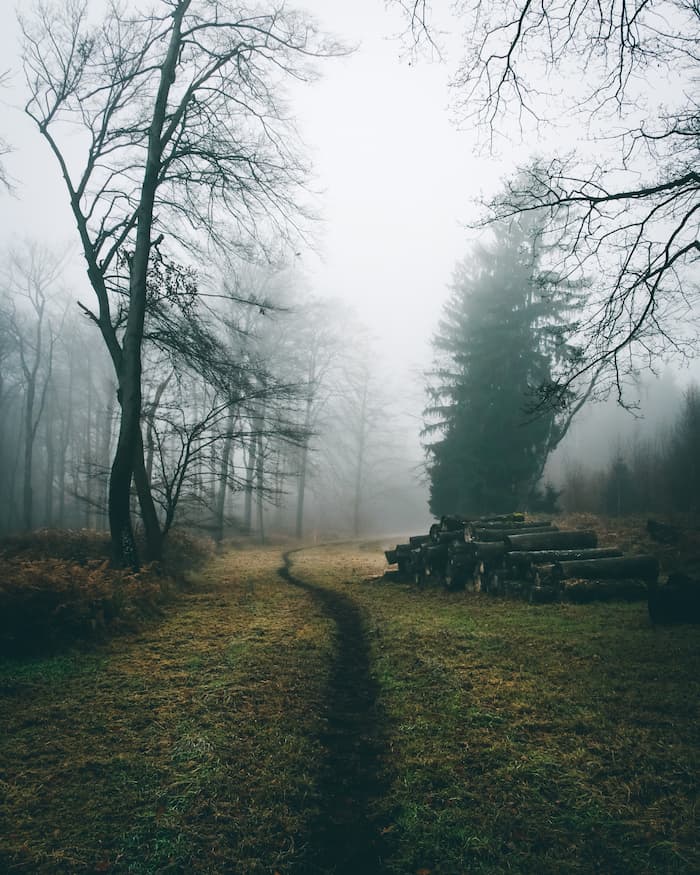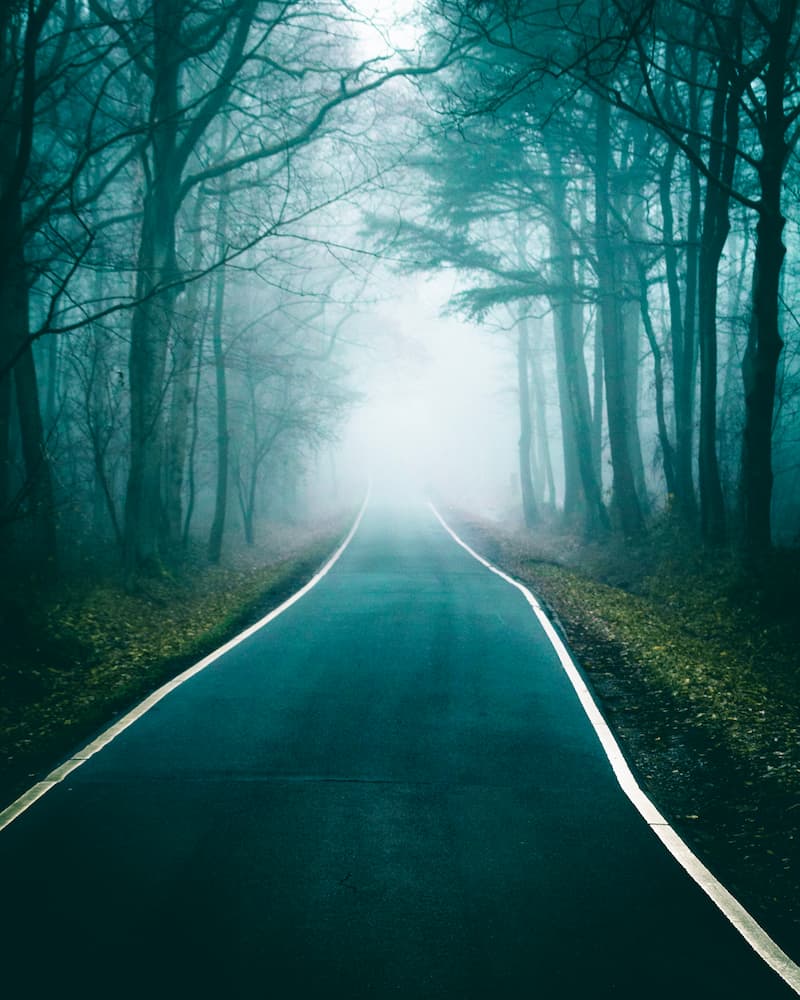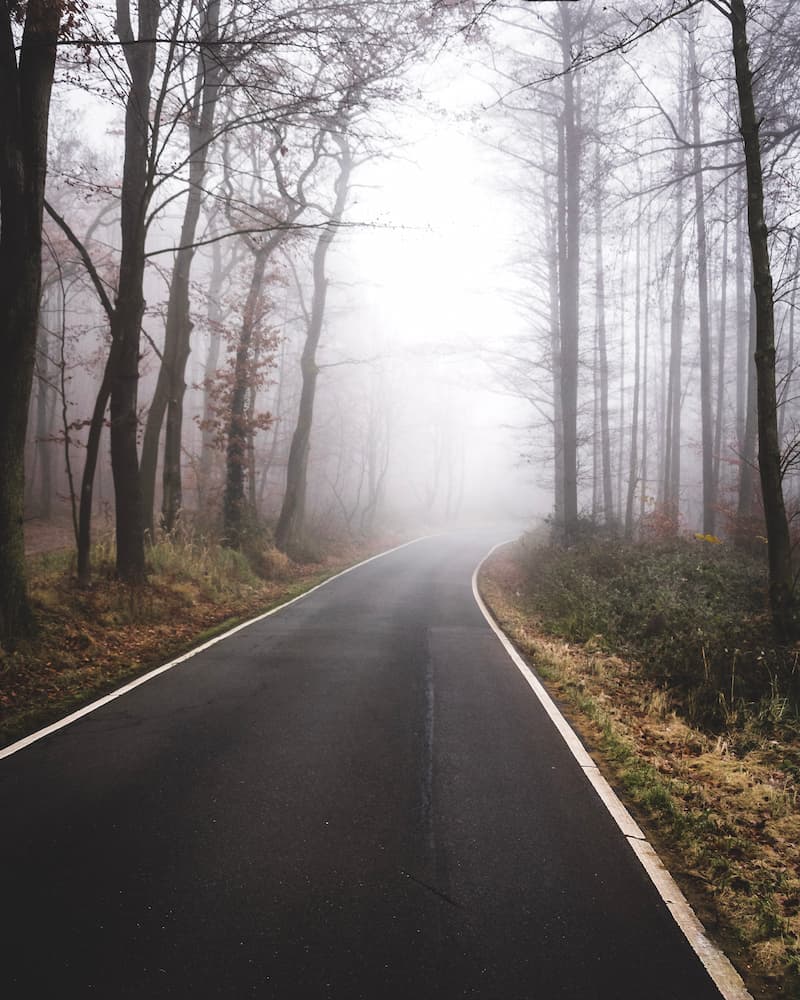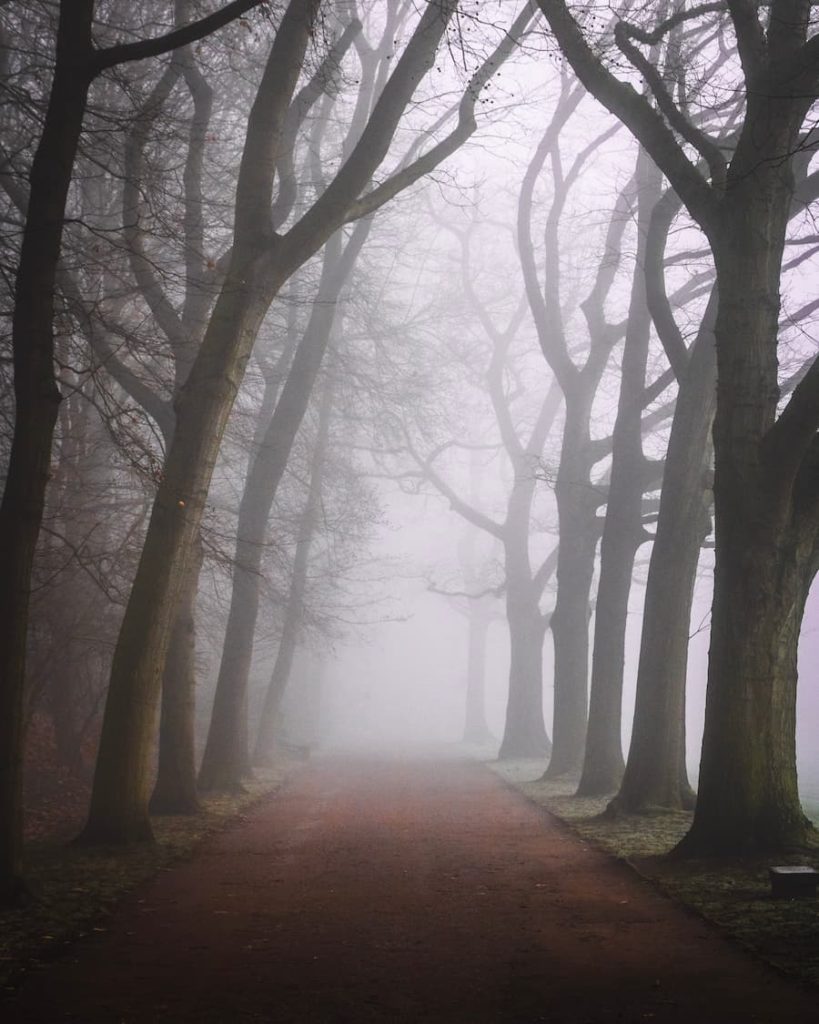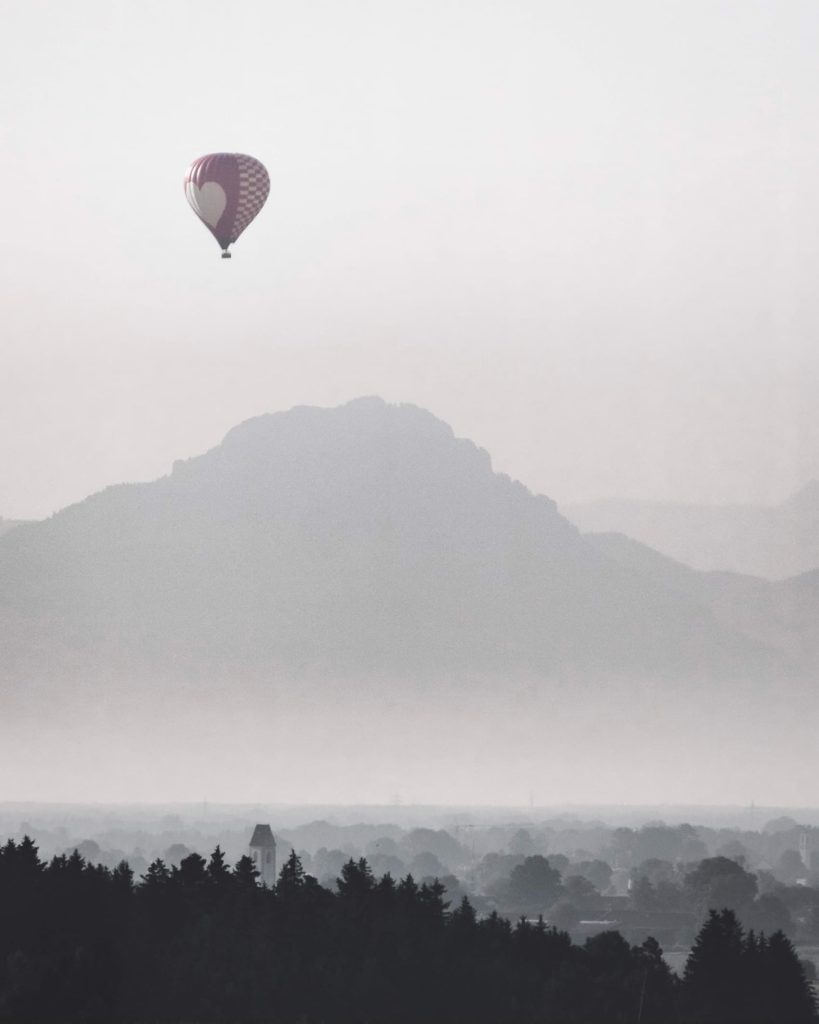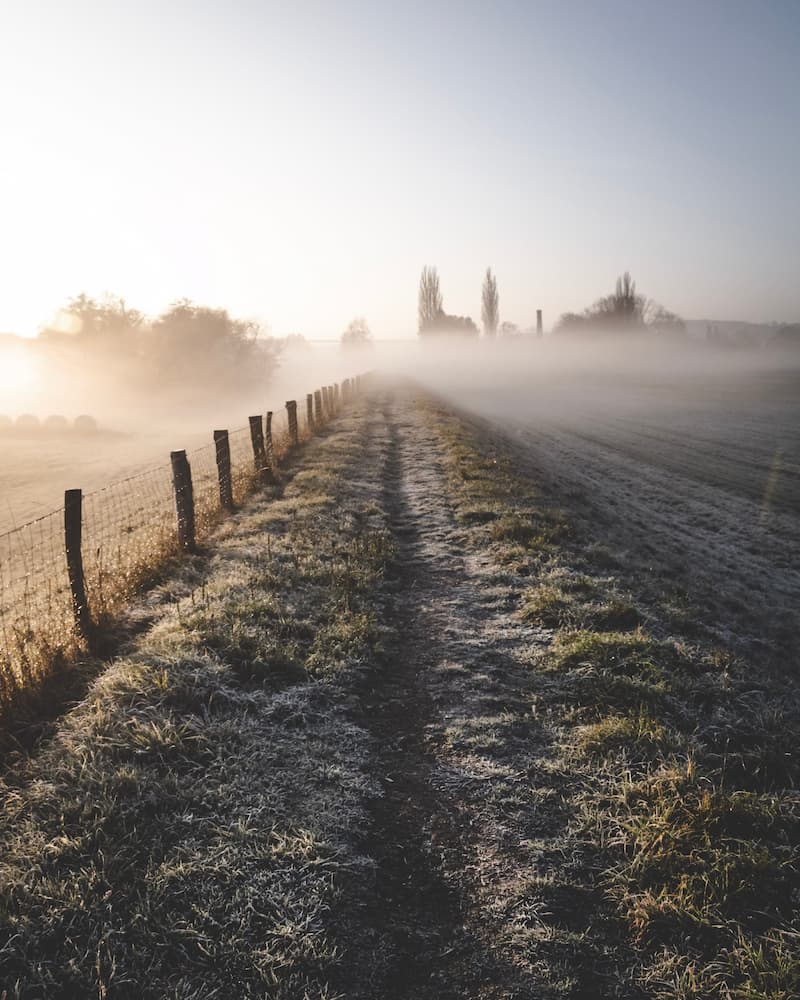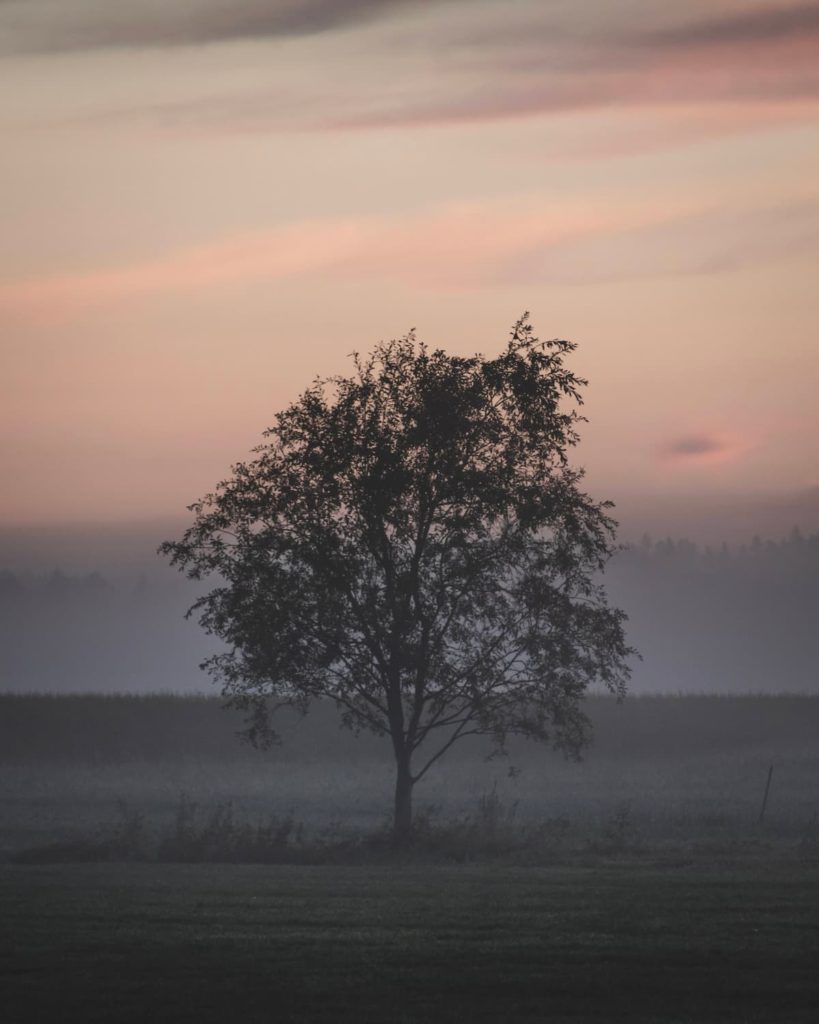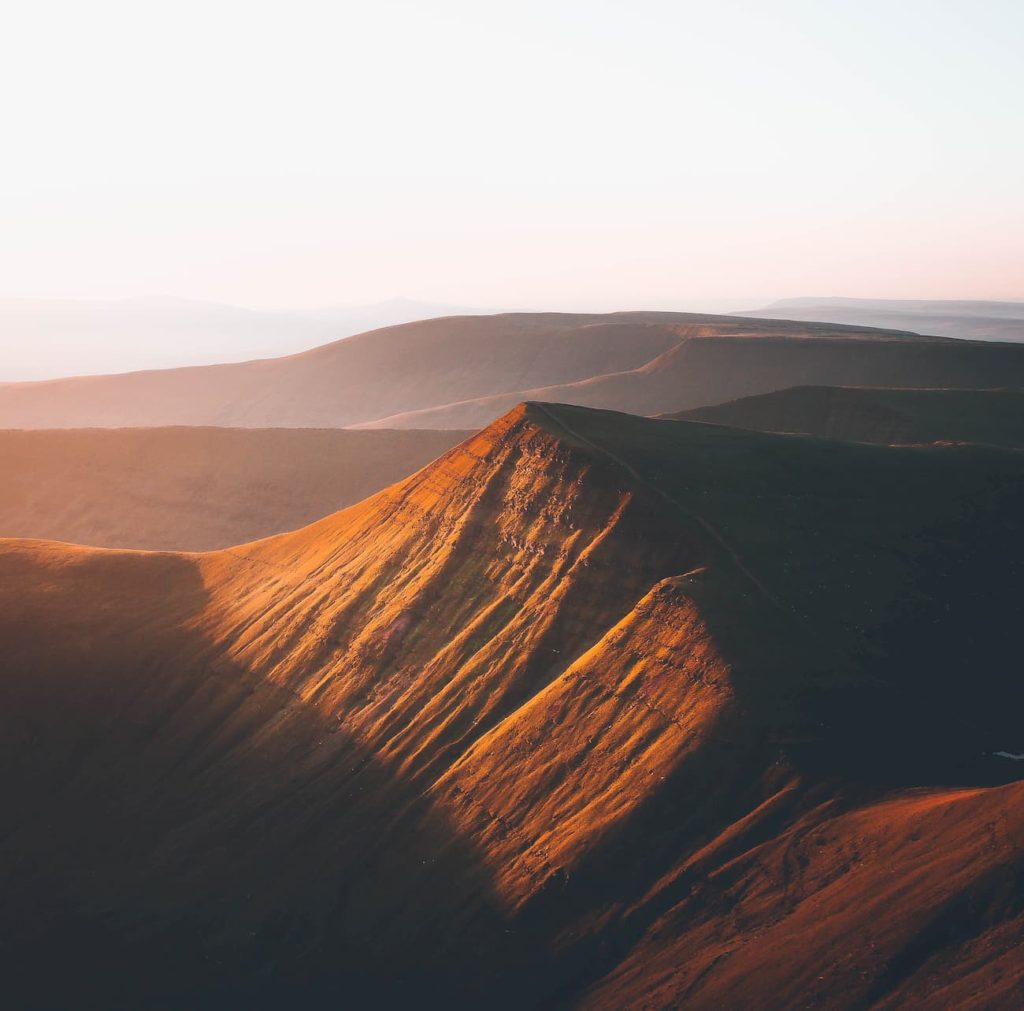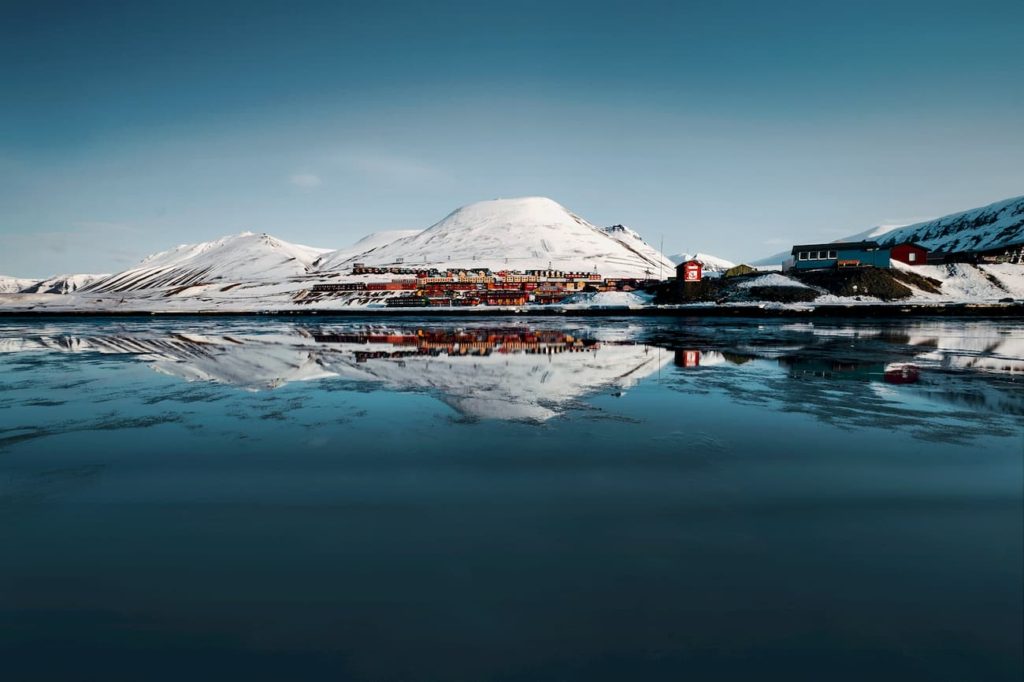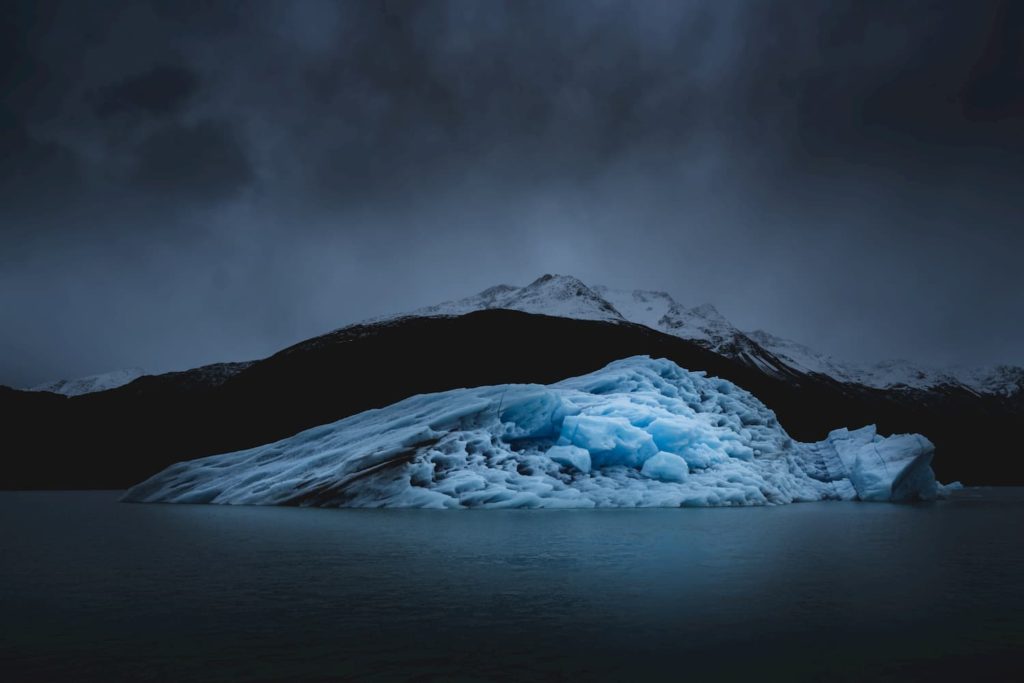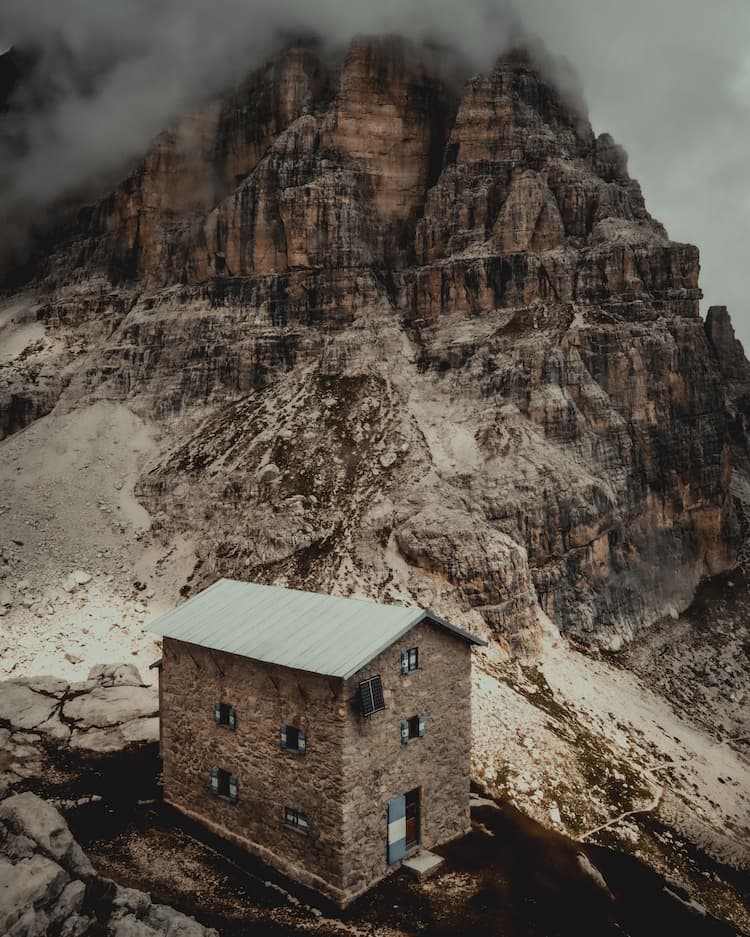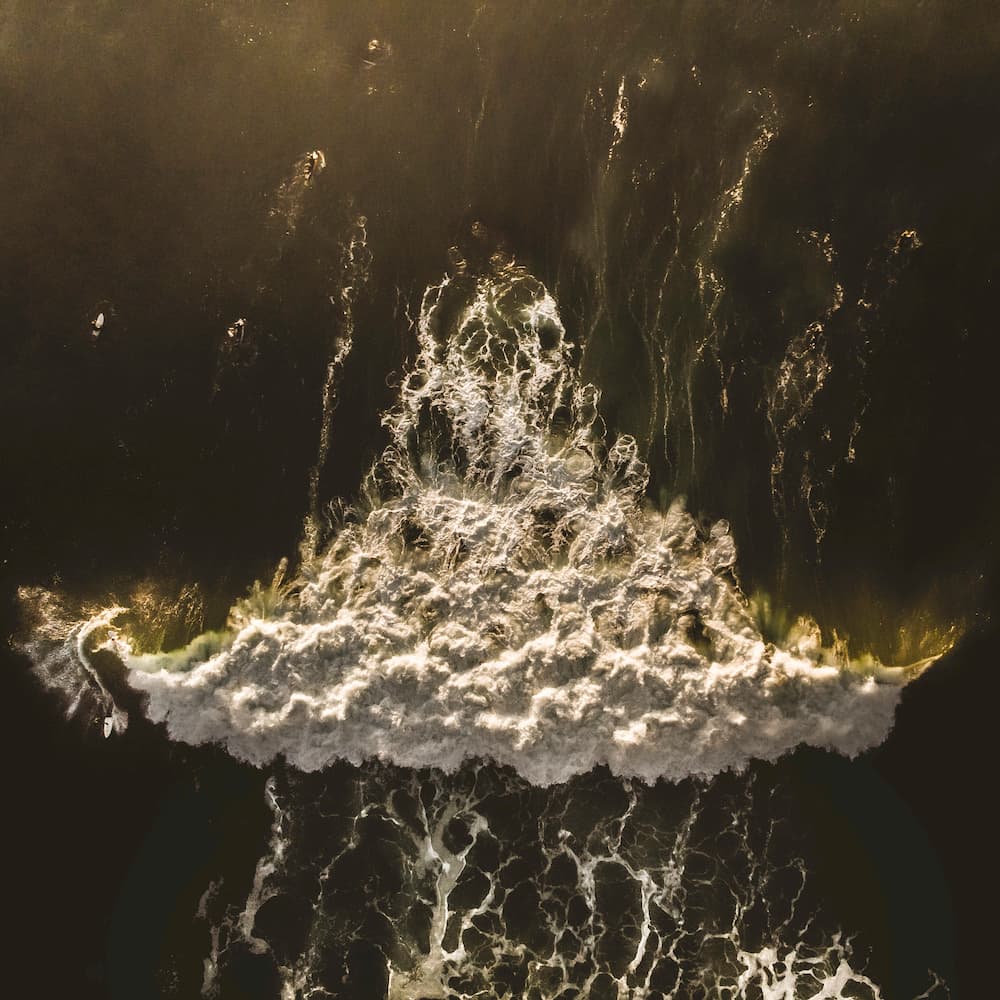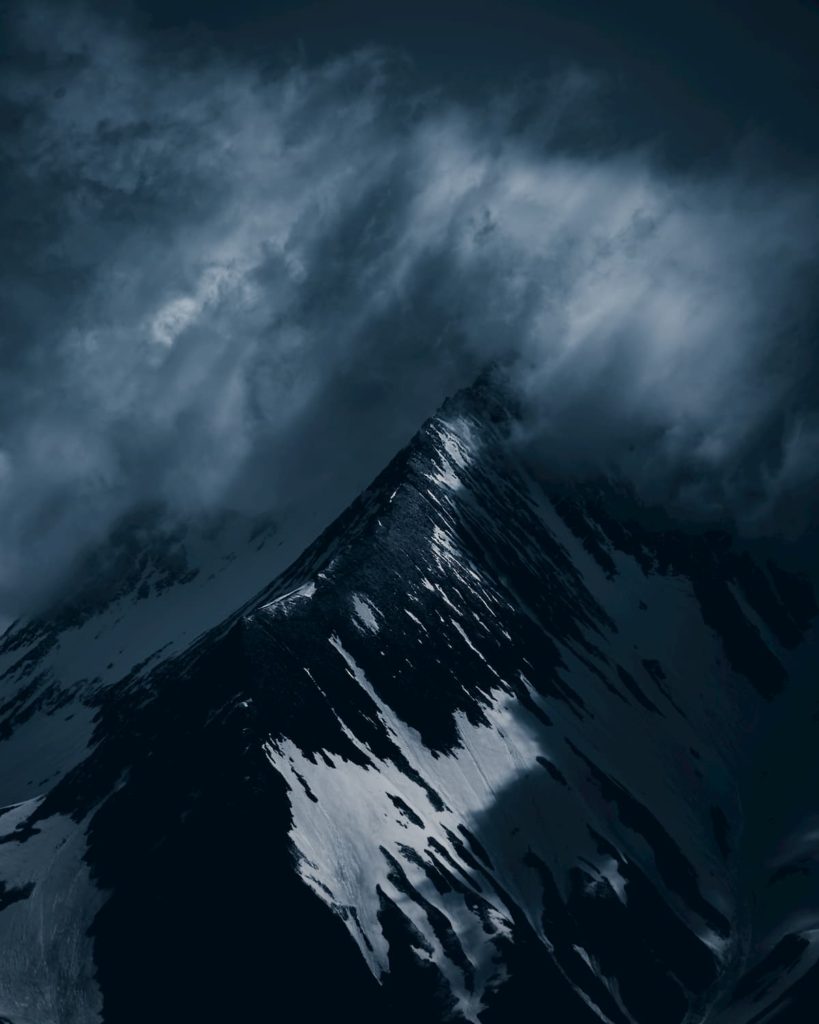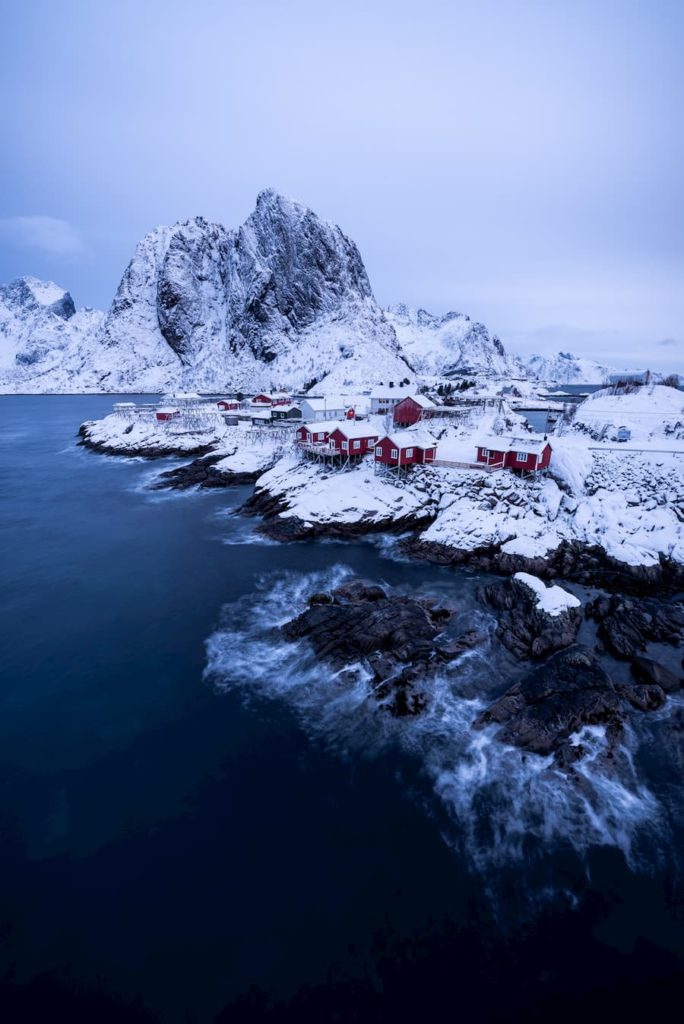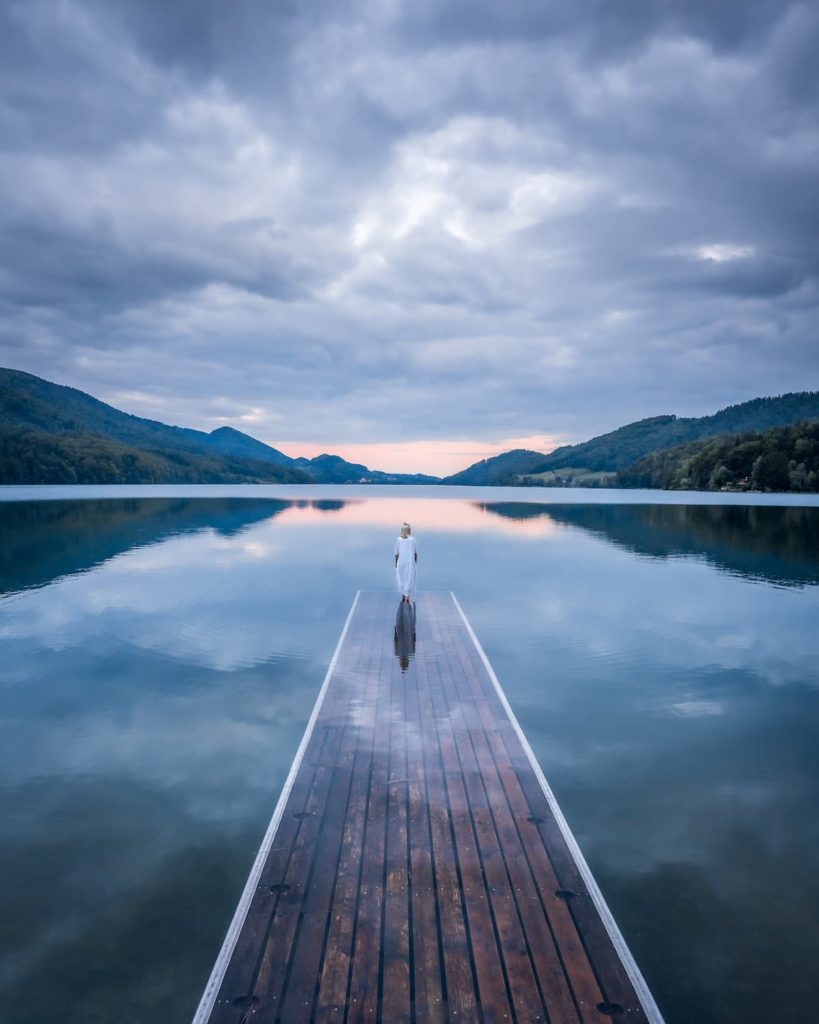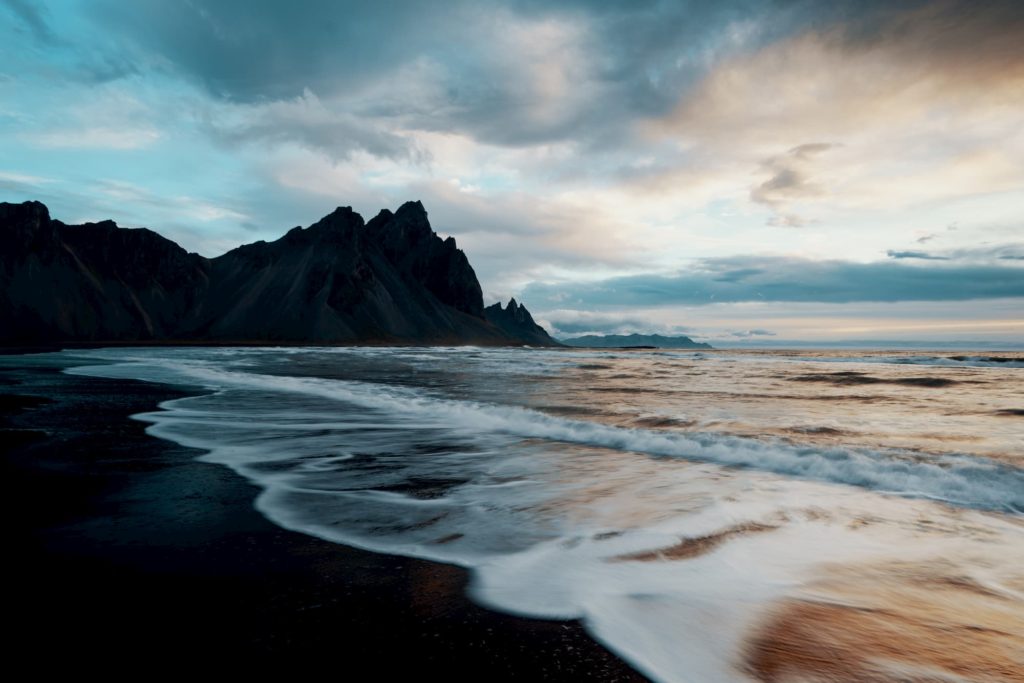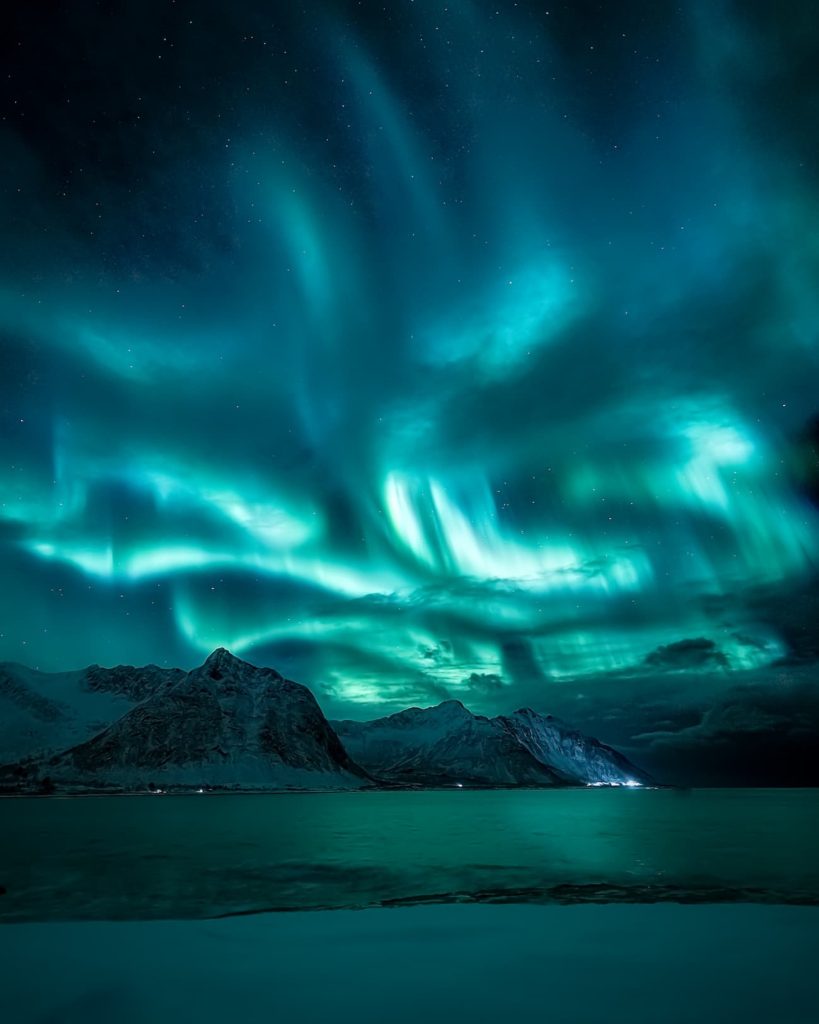
Christian
@ken.idie
Outdoor enthusiast and photographer based Germany
“WOW, it can really do that?” I asked my colleague. I knew something about photography and had heard about Adobe Lightroom, though seeing him doing the tricks was intriguing. He was able to take any photo and turn it into a stunning image only using this computer program. I mean, of course, he was a really great photographer, but I was amazed at what could be done with this software. Sure, I’d taken snapshots of people and landscapes before, but this was something else. Something that triggered me to begin my journey into photography.
I quickly went and bought a DSLR camera along with several how-to photography books so I could learn more about the subject. An Instagram account was created, and despite wishing that I would have started this hobby at a younger age, I was now well on my way. I’m only 40 years old today, so not too old (I think). I know many photographers, especially on Instagram, are 20 to 30 years old but, the extra life experience is also a personal advantage.
"My passion for nature actually predates my love for photography."
As a child, I always dreamed of becoming a scientist. My inquisitive nature made me fascinated with the planet, and science was always my favorite subject in school. Later I went on to study biology and chemistry at university before becoming a teacher.
Being fascinated with science and nature from childhood is one thing that has played a significant impact on where I am today. Another was spending time in Bavaria several years ago. This was the best holiday period ever. The people, the farm where we lived, the food, the weather, the landscapes, and the perfect photography conditions, everything was perfect. During this holiday, I went for several “sunrise-missions,” where I took many of my favorite images. For the first time, I learned how to see landscapes to create compositions and use light more effectively. My favorite conditions for taking photographs are definitely the composition of fog and/or light with nature.
"This combination creates a calm and soft scene. Thanks for that, Bavaria!"
I don’t live in Bavaria though, I live in Germany’s most crowded area, the Ruhr area. I’m around many people daily due to my job, so I need to balance this by listening to some good guitar music and photography. As often as possible, I take my camera and go by bike to the river Ruhr or sometimes I’ll walk into the nearby forest to enjoy the silence and nature.
I’ve traveled a lot within Germany, and there are so many beautiful places to visit. There’s Bavaria, the North Sea and the Baltic Sea, the Eifel, Lake Constance and so on. But without a doubt, my most beloved place in Germany to shoot is not a specific place but rather anywhere out in nature. Lake Königssee (Bavaria) is one such natural landscape that’s an incredible, wonderful place to shoot. Yet, it’s full of tourists who just want to take “that” picture to post it online. They don’t really care about nature reserves or the ban on drone flights. Even some of the well-established photographers on Instagram often flout these rules, which is pretty disappointing. That’s not my idea of enjoying nature and photography.
"While respecting rules, respecting nature, we can still get the greatest shots."
I’m inspired by nature, of course. But many great professional photographers motivate me, too, such as Marvin Walter, Kilian Schönberger, Lina Kayser, Konsta Punkka, Stian Klo, so many of them. There are still so many things I want to learn about photography. I read books and articles, but the quickest way I learn is by doing. The more I shoot and edit, the more I learn.
It’s nice to look back on all my photographic experiences and now have a portfolio of images. Instagram can serve as an excellent platform for this, but I’ve never really been a fan of these types of social media sites. Everyone is constantly in the hunt for more followers, and for what reason, I don’t know. Perhaps because I’m slightly older than the usual crowd on Instagram, I haven’t succumbed to this way of thinking. I’m a little more relaxed about the whole thing. I hadn’t actually posted on Instagram for a long while because I needed a break, but I’ve come back recently because there are so many outstanding photographers and characters on the platform. I’m continuously finding great photos and people who I’m interested in.
A buzzard sitting perched on a tree, for example, only meters from you that flies away as soon as you’re about to press your shutter. The little moments like these are just as special to me as the end product when you have the photograph.
One of the best things I’ve seen happen was in Bavaria on one early morning trip. There were perfect conditions; the sun was rising, and there was a thick layer of fog for as far as I could see. I was actually on my way back home at the time, but I turned around and took one last glimpse of the mountains. Fortunately, because this is when I took one of my all-time favorite images.
"The image was of a hot-air balloon hanging above the foggy valley, with the mountains in the background."
I wouldn’t have taken this photograph if I wasn’t continually scouring the landscape for potential photo opportunities. You never know what opportunity may arise (behind you!) and then disappear just as quickly.
While photography has become a real passion for me in a short period of time, my family is my true passion. My wife and kids are always the anchors in my life, and they make me very happy. They make me realize I’ve got everything I really need, and I’m very thankful for that.
Would you like content like this sent to your inbox?
NOMADICT
ART GALLERY
THE LATEST STORIES
WRITEN WITH PASSION TO INSPIRE YOU

Miroslav Maršík (@miromarsik): Photographer based in Czech Republic
In this article, Miro shares how his love for cinematic music evolved into a deep passion for photography and how he uses light, color, and atmosphere to turn the streets of Prague into living film scenes.

Aurora photography panorama workflow: A guide to camera settings, editing, and color
In this article, Stefanie reveals how her background in physics sparked her passion for astrophotography and how she blends science with creativity to capture the beauty of the night sky. Readers will discover her approach to color, contrast, and editing, as well as her aurora photography workflow.

Yhabril (@yhabril): Best of the Week 33 at #nomadict
Spanish photographer Yhabril captures the profound connection between humans and the mountains that shaped him. Growing up in the Pyrenees, his work bridges outdoor sports, landscapes, and celestial scenes — often blending athletes, moonlight, and wilderness into striking visual stories.

Ariane Totzke (@besondersschwierig): Photographer based in Switzerland
In this article, Ariane shares how photography helped her navigate personal challenges, connect authentically with people and animals, and develop a philosophy rooted in empathy and artistic freedom. Readers will also discover her ethical approach to wildlife photography and her trusted equipment for both camouflage techniques and cameras.

How to photograph Dutch tulip fields: A guide to light, gear, composition, and colors
Discover how to photograph Dutch tulip fields in their most magical light. From choosing the right gear and lenses to mastering composition, color, and aerial perspectives, this guide shares creative techniques to capture the beauty of the Netherlands’ tulips. Learn how light, color grading, and proportion bring emotion into every frame.
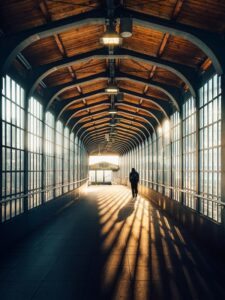
Cinematic city photography: An essential 6-step workflow
In this article, you’ll learn how to read and use light in your home city, choose the right technical settings for low-light scenes, and refine your editing workflow to shape color and atmosphere step by step. In addition, Dominik shares how to find fresh perspectives on familiar locations, five lessons that transformed his photography, and insights on the future of street photography.

Kyle van Bavel (@kylevanbavel): Photographer based in the Netherlands
Kyle van Bavel is a macro photographer with a distinctive, dreamy style that transforms the unseen details of nature into magical worlds. In this article, he shares how his unique vision, shaped by a journey of self-learning and overcoming dyslexia, has become his greatest creative strength.

Inês Preto (@minespreto): Best of the week 20 at #nomadict 2025
Inês is a nature photographer drawn to wild, remote places where weather, wildlife, and mood shape her storytelling. In this article, she shares the behind-the-scenes journey of capturing the Best of the Week image: a puffin trio on the Faroe Islands. She explains how she approached the edit of this image, and shares key lessons she’s learned through experience.
